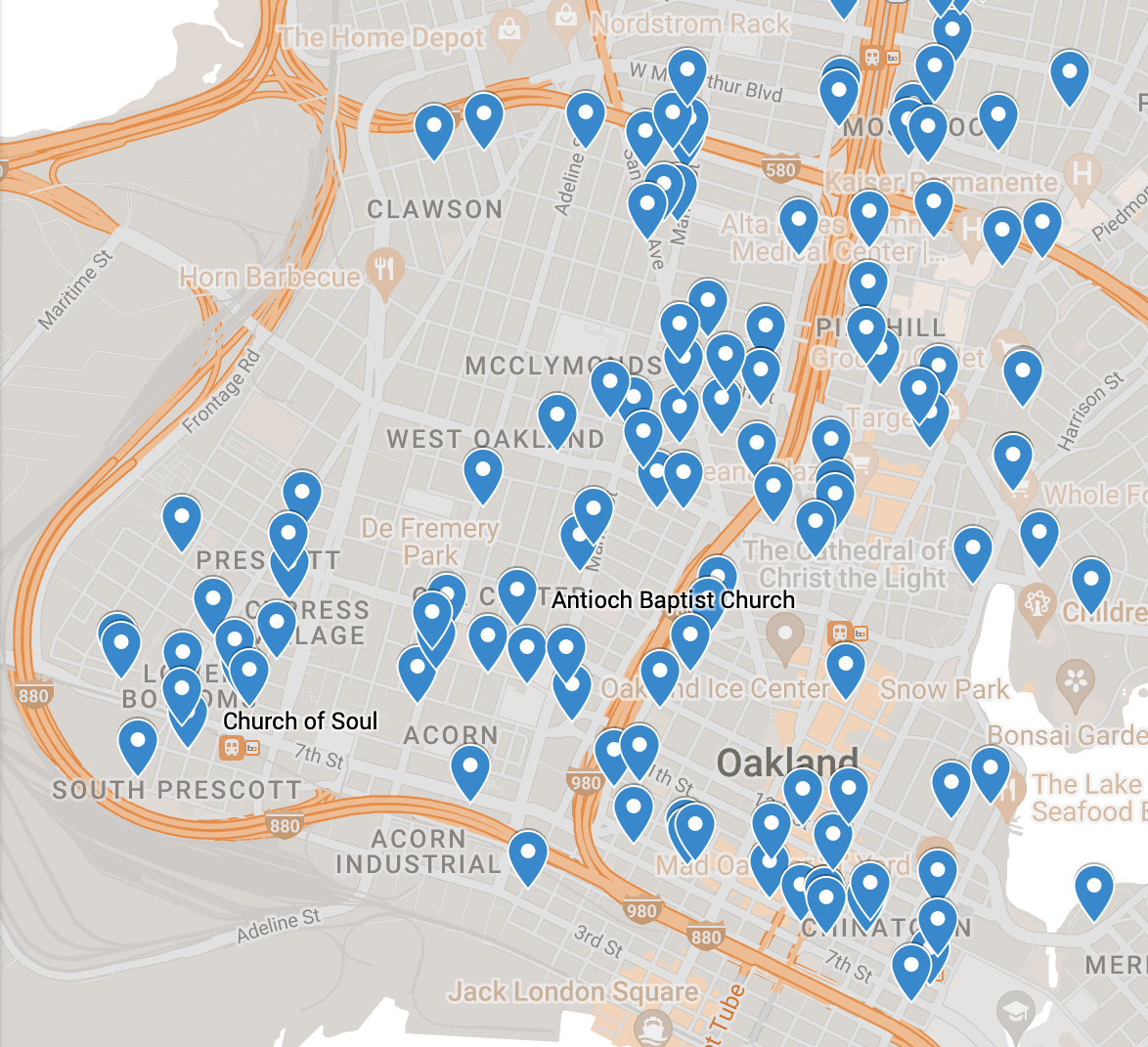Houses of Worship in a Multicultural Landscape
In the project "Houses of Worship," the artist delves into a visually immersive exploration of the coalescence of faiths and cultures within the diverse and multifaceted landscape of Oakland. Central to this artistic endeavor is an examination of the decline in attendance and subsequent transformation of these hallowed spaces, serving to illuminate the shifting paradigms of faith in contemporary society.
The houses of worship, once envisioned as enduring bastions of communal devotion, now stand as poignant testaments to their gradual dissolution. Through the darkness that befalls their windows, these architectural embodiments become emblematic of the evolving tapestry of belief and spirituality.
Oakland, a city entrenched in socio-economic disparity, juxtaposes an underprivileged milieu with the affluence of its neighboring metropolis. Within this context, houses of worship have historically provided essential support to its residents. Amidst the intricate tapestry of religious fervor, faith-based institutions have also acted as transformative conduits, fostering unity amongst diverse communities and endowing them with purpose and collective identity.
Navigating each house of worship with an unwavering commitment to objectivity, the artist seeks to capture the intrinsic essence of these spaces devoid of subjective bias. Two years of meticulous photographic curation have culminated in a visual compendium, comprising over 450 evocative images that bear witness to the resplendent mosaic of religious spaces. From the sanctity of traditional churches, synagogues, temples, and mosques to the alluring enclaves dedicated to unconventional practices—such as spiritual sexuality and psychedelic revelations—this collection unveils the rich mosaic of coexisting faiths within close proximity.
Embedded within these images is a compelling narrative of architectural dilapidation. Many erstwhile vibrant sanctuaries now languish in abandonment, entombed in solitude or disrepair. Others find themselves ensnared behind metal bars, accessible fleetingly during designated hours of weekly liturgy. A select few have undergone commercial conversions or been repurposed as residential real estate. This evocative portrayal of architectural erosion beckons introspection on the viability of these institutions—is their potential for evolution sustainable, or will they crumble beneath the relentless sands of temporal flux? Furthermore, it invites reflection upon who or what will assume the roles once fulfilled by these institutions in supporting communities in need.
"Houses of Worship" serves as a catalyst, propelling broader conversations on the contemporary pertinence of faith. Does the ebbing of religious devotion engender an irreparable loss of communal solidarity and individual identity? As these erstwhile cherished spaces metamorphose or vanish altogether, the project provokes a dissection of the emergent dynamics of communal sustenance, interconnection, and existential meaning-making.
Employing photography as the principal medium of artistic expression, the artist endeavors to meticulously document and evoke introspection surrounding the ever-evolving landscape of faith and its profound repercussions on individual subjectivity and collective agency. By capturing the nuanced interplay between architectural forms, cultural resonances, and the indomitable human spirit, "Houses of Worship" invites viewers into an immersive contemplation of these intricate narratives, engendering meditation on the inimitable significance of faith in shaping our shared identities.



